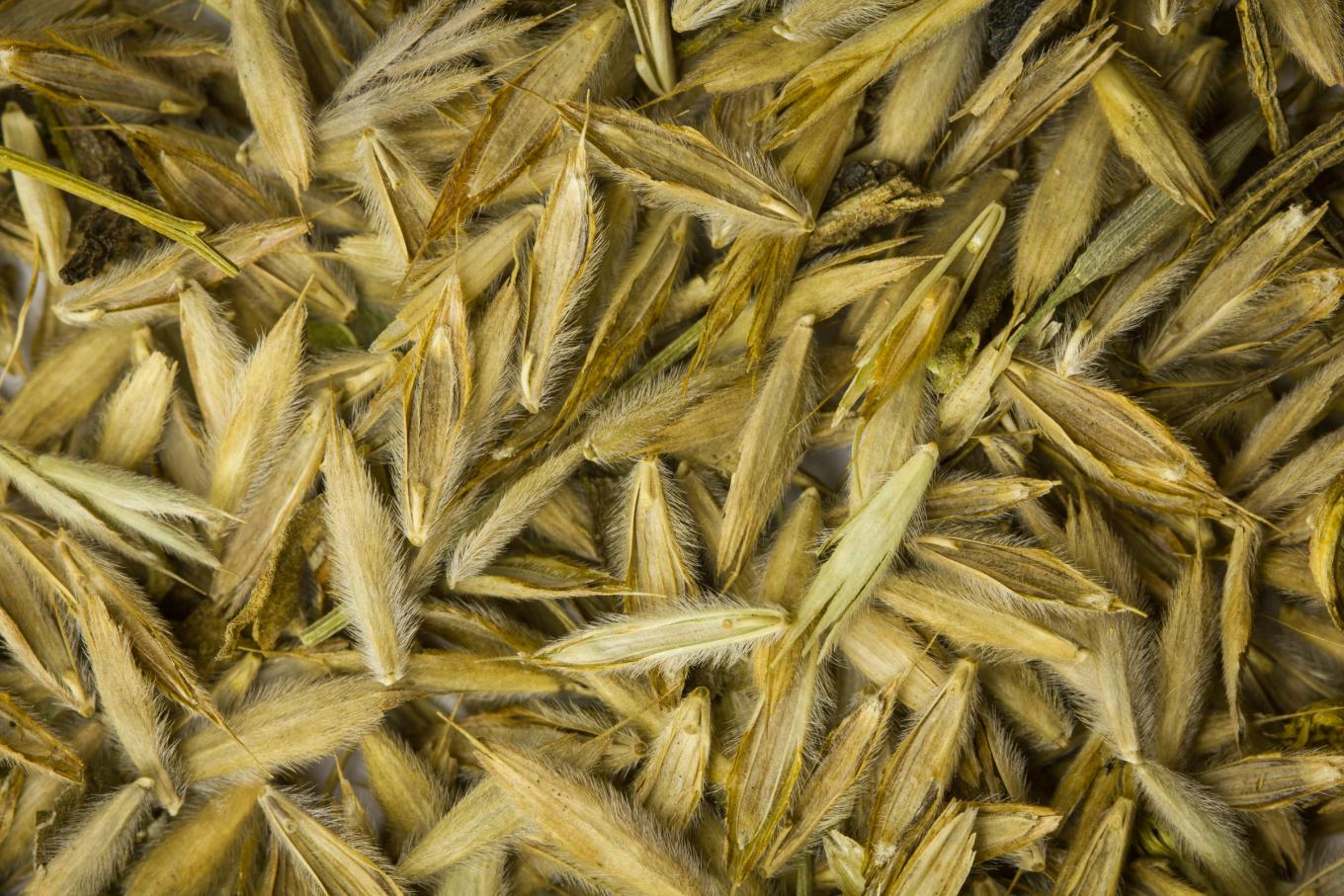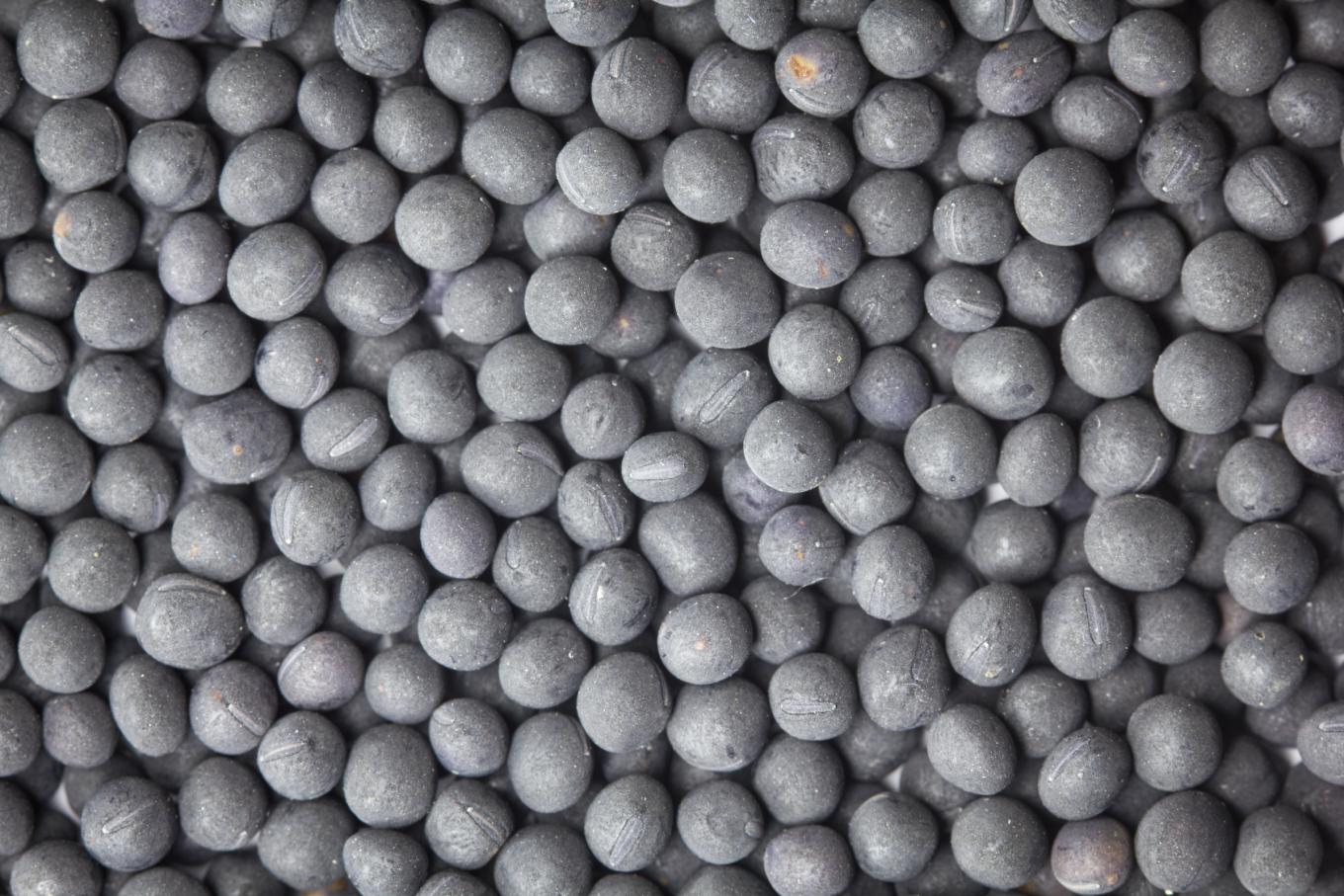
The Mad Agriculture Journal
Prairie Strips: a Cornerstone for Regen Ag
Published on
May 30, 2024
Written by
Omar de Kok-Mercado
Photos by
Justin Meissen
Prairie strips are strategically planted native prairie plants integrated into croplands. These cropland prairies act as biological corridors that enhance farm viability, reduce soil erosion, improve water quality, and support biodiversity—all vital for regenerative food production.
The Imperative for Prairie Strips
Our food production’s future hinges on regenerative systems. Prairie strips are a critical solution to pressing environmental concerns and are one of many practices that can be adopted on-farms at scale.
Prairie Magic Unlocked: The Science-Backed Benefits of Prairie Strips
Biodiversity Support
Grassland Birds: A 2.6-fold increase in the density of grassland bird species in fields with prairie strips, enhancing avian biodiversity (Giese, 2023).
Pollinators: A significant rise in butterfly abundance within prairie strips, bolstering pollinator populations (Kemmerling, 2023). Additionally, bird species richness doubles, and pollinator abundance increases 3.5-fold, contributing to a robust ecosystem (Schulte et al., 2017).
Honey Bees:Improvement in honey bee populations by 24%, with better overwinter survival rates, critical for pollination services (Zhang et al., 2023).
Soil and Water Conservation
Up to a stunning 96.8% reduction in sediment discharge (Nelson, 2022). and a 23% decrease in nitrate leaching underscore the role of prairie strips in protecting our soils and waterways (Dutter and Damiano, 2023).
Decarbonization
Soil disturbance through cultivation can lead to soil carbon loss. Planting native species with deep root systems on previously cultivated land can increase carbon stocks and reverse losses. (Ontl, T.; Janowiak, M. 2017) Each acre of prairie strips has the potential to sequester 25 - 40 tons of carbon over 100 years (.9 - 1.5 tons co2eq/year). (Crews TE, Rumsey BE, 2017).

Justin Meissen for Tallgrass Prairie Center
Soil Health Improvement
Water Infiltration: Increased sorptivity in prairie strips by up to 38%, indicating better water infiltration and reduced runoff (Henning, 2022).
Soil Structure: Enhanced wet-aggregate stability demonstrating superior soil structure in prairie strips (Henning, 2022).
Nutrient Retention and Crop Health
Nutrient Cycling: A significant rise in plant-available phosphorus and potassium by 63% and 24%, respectively, suggesting improved nutrient cycling (Dutter and Damiano, 2023).
Agricultural Productivity: Marginal benefits to soybean SPAD readings and a minimal impact on maize and soybean grain yields, demonstrating agricultural productivity remains unaffected (Dutter and Damiano, 2023).
Antibiotic Resistance Mitigation
A reduction of over 99% in manure-associated bacteria in agricultural runoff demonstrates prairie strips’ effectiveness in managing the potential horizontal transfer of antibiotic resistance genes, a growing public health concern. (Alt and Flater, 2023).
Market Potential of Prairie Strips in Regenerative Agriculture
Enhancing Farm Viability and Land Value
Prairie strips are well-suited to low-yielding cropland acres and can enhance the overall value of agricultural land by improving soil health and water quality, which are critical factors in long-term land valuation. Healthier soil supports more robust crop yields and reduces vulnerability to harsh weather conditions, potentially leading to more consistent and reliable crop production. This stability can make farms more appealing to investors and buyers who are increasingly interested in resilient farming practices. Prairie strips are also aesthetically beautiful providing a diverse array of wildflower blooms throughout the growing season.
Ecosystem Service Payments
As environmental regulations continue to tighten and the global community becomes more attuned to the need for regenerative practices, there may be increased opportunities for farmers to receive payments for ecosystem services. Practices such as prairie strips that contribute to biodiversity, water purification, and carbon sequestration might qualify for financial incentives through governmental or private environmental programs.
Diversification of Income Streams
Agrotourism and Educational Programs: Farms implementing prairie strips could attract visitors for tours, workshops, and educational programs focused on regenerative agriculture and biodiversity. This not only diversifies income but also raises public awareness about regenerative farming practices, potentially increasing consumer support for products from such farms. Prairie strips also provide opportunities for walk-in hunting and bird viewing.
Specialty Markets for Prairie-Sourced Products: There may be niche markets for products explicitly grown in conjunction with prairie conservation efforts, such as honey from bees that pollinate prairie plants or herbal products sourced from prairie strips. These products can be marketed at a premium under the banner of environmental stewardship and regeneration.
Potential Regulatory Compliance and Future Mandates
Compliance with Possible Environmental Regulations: Implementing prairie strips can help farms comply with local, state, and federal environmental regulations, potentially reducing the risk of penalties and providing a market advantage as regulatory frameworks around environmental impact tighten.
Carbon Finance: With the growing focus on climate change mitigation, corporations are looking for opportunities to invest in decarbonizing their supply chains and/or agricultural carbon offset programs. By sequestering carbon in their extensive root systems and undisturbed soil, prairie strips could help unlock carbon finance for farmers, providing an additional revenue stream.

Justin Meissen for Tallgrass Prairie Center
Corporate and Community Engagement
Partnerships with Environmental Organizations and Corporations: Farms could leverage prairie strips to form partnerships with environmental organizations or corporations looking to invest in regenerative practices. These partnerships might include direct funding, research collaborations, or marketing agreements that promote both the corporate partner’s environmental responsibility and the farm’s regenerative practices.
Branding and Market Differentiation: Prairie strips can be part of a farm’s branding strategy, differentiating their products in a crowded market. Farms can promote their use of prairie strips as a testament to their commitment to sustainability and conservation, appealing to environmentally conscious consumers.
Perennial Transmission Corridors
An exciting aspect of prairie strips is their potential to form perennial transmission corridors. If each farm incorporates prairie strips, these can connect continuously, creating uninterrupted pathways for wildlife and livestock. This network could provide grazing animals with unprecedented access to croplands, where they can graze on cover crops and enhance farm operations. Such corridors can support biodiversity, reduce soil erosion, and improve water quality across vast agricultural landscapes. Envision these corridors serving as multi functional green infrastructure for human transport and the movement of goods and services. This visionary approach not only transforms agriculture but also redefines how we interact with and move through our landscapes.
Prairie Strips extend far beyond environmental benefits
The market potential for prairie strips in agriculture extends far beyond their immediate environmental benefits. As global trends continue to favor regenerative practices and as more consumers and corporations support the environment, prairie strips offer a tangible way for farms to align with these trends while diversifying income and enhancing farm resilience. As this practice grows, so too will its potential to shape a more regenerative and economically viable model of agriculture. Additional potential prairie markets could include bioenergy production, pharmaceutical products, specialty foods, fiber, and textiles.
The Frontier of Art and Science: Bringing the Prairie to the Public
Creating Art from Ecological Data
Using ecological data as input for generative art algorithms could create evolving visual and auditory art. For example, data on prairie fire frequencies and their ecological impact could drive a visual simulation of fire-regenerative processes, paired with a soundscape that intensifies with ecological recovery metrics. Using the scientific data collected from prairie ecosystems—such as species population dynamics, weather patterns, and plant growth cycles—composers could also create complex musical scores that reflect the rhythms and patterns of the prairie. For example, fluctuations in bird populations or butterfly migrations could control the dynamics and tempo of a musical piece, translating ecological health into auditory experiences. Advanced software can transform these data sets into MIDI, OSC, and CV signals that drive electronic instruments, creating audiovisual installations orchestrated by the natural processes of the prairie itself.
Immersive Experience Installations
Install large-scale immersive installations that use a combination of sound, video projections, and interactive elements to create a fully engaging experience. Imagine walking through a virtual prairie while surrounded by a 360-degree projection that shows macro-level video of insect pollination or root growth underground, synchronized with a soundscape derived from real-time environmental sounds and data-driven music. These installations could be designed to change with the time of day or season, reflecting the live state of the prairie ecosystem.
Generative Online Art Exhibits
Host online galleries of generative art created from prairie data. These could be live-streamed and dynamically changed based on real-time data feeds from prairie research sites. Viewers could interact with the exhibit by influencing some variables of the generative algorithms, seeing firsthand how changes in data (like temperature shifts or changes in biodiversity) affect the artistic output.
Check out our Prairie Strips Seed Packet: Meadowlark Edition project!